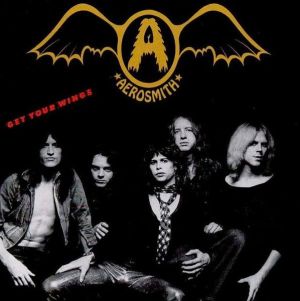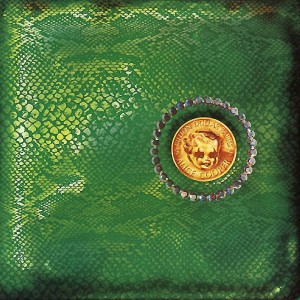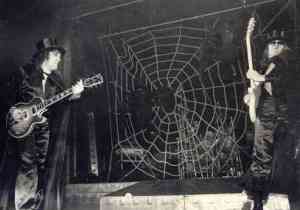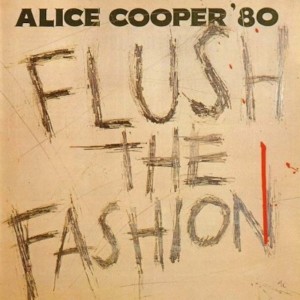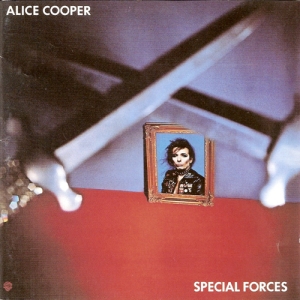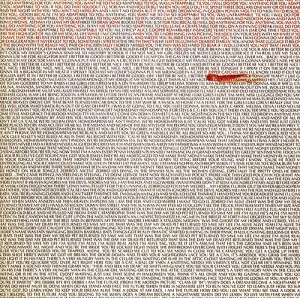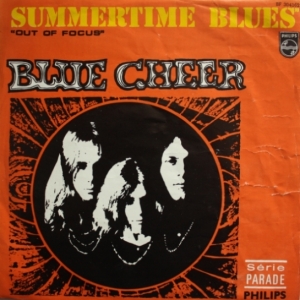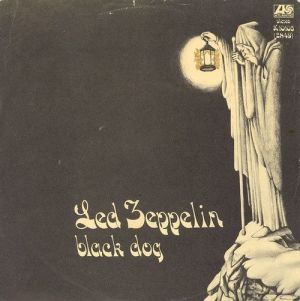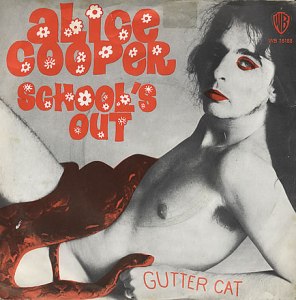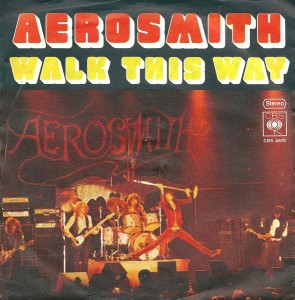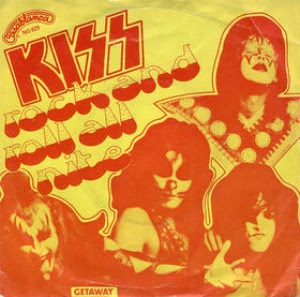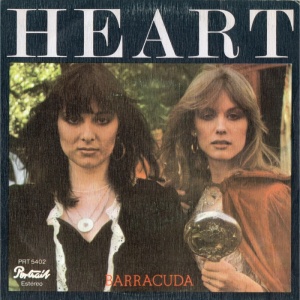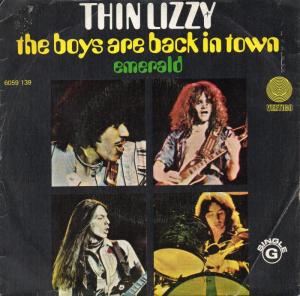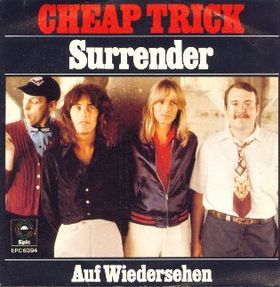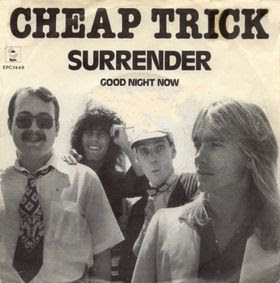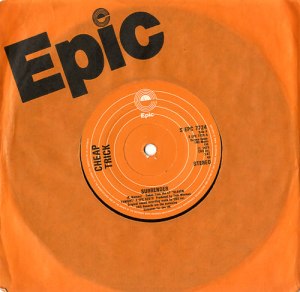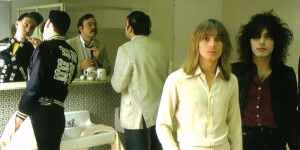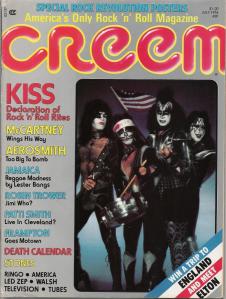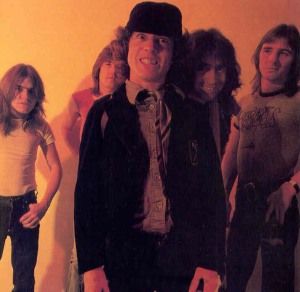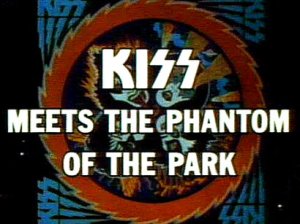Who is Mary Long?
It’s fairly common knowledge these days that the lyrical inspiration for the Deep Purple song ‘Mary Long’, Side One/Track Two on their ‘Who Do We Think We Are?’ album, came from two separate individuals: Mary Whitehouse and Lord Longford. For ‘Mary Long’, written in the summer of 1972, Gillan was inspired to move away from the ’emptiness, eagles, and snow’ of previous DP records and write an overtly political statement condemning a specific public figure. Or figures, as Whitehouse and Longford were combined into one ‘character’, and savagely lampooned in a brilliant work of social commentary. What may not be so well known is that Gillan was almost certainly writing in response to Whitehouse’s headline-grabbing attack on Alice Cooper in the summer of 1972.
In a nutshell: Mary Whitehouse rose to fame in the mid-1960s as a self-appointed, and much derided, guardian of British morals. She was the founder of the National Viewers’ and Listeners’ Association, whose mission was to clean up British television, which she perceived as corrupting the nation’s morals. Francis Longford was a Labour Party politician and social reformer, known as a campaigner against pornography.
Whitehouse’s crusade to clean up telly had previously included campaigns against the likes of Benny Hill (for its sexual content), Doctor Who (violence), sitcom ‘Til Death Do Us Part’ (profanity), and coverage of the US war in Vietnam (‘desensitization’). She successfully forced Stanley Kubrick to withdraw his film ‘A Clockwork Orange’ from UK theatres. After unsuccessfully attempting to ban Chuck Berry’s hit ‘My Ding-a-Ling’ from the BBC airwaves, which, despite the good lady’s urgent disapproval (or because of it; more on that later), reached the top of the UK pop music chart, Whitehouse turned her attention to Alice Cooper’s 1972 single ‘School’s Out’.
The controversy began with Alice Cooper’s lone UK date on the ‘School’s Out for Summer ’72 Tour’ on June 30th at Wembley Pool Empire in London. Sensational press coverage in the weeks before the show, most of which highlighted Alice’s ‘killing’ of a chicken thrown on stage during the band’s set at a Chicago festival (the chicken was killed, but not by Alice) ensured that the show sold out, which increased the sales of the British release of the ‘School’s Out’ single enough (AC’s previous British single, ‘Be My Lover’, had failed to chart) to garner the band an appearance on BBC Tv’s ‘Top of the Pops’. Mary Whitehouse was watching…
No doubt the good lady was horrified. Alice Cooper performed ‘School’s Out’ with twenty local students dancing and cavorting on stage beside the band, who mimed along to the single. The kids had been given free tickets to the taping, and clearly had a ball. Alice could not have looked more badass, as he slashes through the air with a sword, violently knocks his mic stand to the ground, and pulls on one of the young female students’ hair. As he lip syncs the song’s final line, he looks squarely into the camera and simulates cutting his throat with the sword. Whitehouse saw the broadcast and began a fervent push to ban AC from the BBC airwaves completely.
Whitehouse stated that she held “the gravest concern over the publicity which has been given to Alice Cooper’s record ‘School’s Out’. For weeks now ‘Top of the Pops’ has given gratuitous publicity to a record which can only be described as anti-law and order. Because of this, millions of young people are now imbibing a philosophy of violence and anarchy. This is surely utterly irresponsible in a social climate which grows ever more violent.”
Whitehouse’s public comments and the ensuing publicity she generated pushed School’s Out’ to the No 1 spot on the UK Pop charts, where it stayed for 3 weeks straight. Coming after the ‘My Ding-a-Ling’ affair, the School’s Out’ episode comfirmed it: Mary Whitehouse was now a certified hit-maker. The #1 ranking ensured the band another appearance on ToTP, which Whitehouse tried unsuccessfully to block. Alice was so grateful for Whitehouse’s attention that he sent her a bouquet of flowers and a thank you note for putting him on the map in England. Years later, Alice remembers the period fondly… and perhaps with just a pinch of sarcasm:
‘I have been taught many lessons and one of those lessons came from the lovely Mary Whitehouse. I learned a big lesson about marketing and perception. We could not have had better publicity for the song and it went to No 1 in the British charts. She did so much for my career and I have never forgotten her, there is always a place in my heart for that wonderful lady. Thank you Mary.’
The following year, when Alice announced another tour of the UK, this time to promote the ‘Billion Dollar Babies’ album, the upright citizen’s brigade was ready. Leo Abse, a prominent member of Parliament, launched a campaign to ban Alice from entering the country. Referring to AC’s oeuvre as the ‘culture of the concentration camp’, Abse claimed that Alice’s ‘incitement to infanticide and his commercial exploitation of masochism is evidently an attempt to teach our children to find their destiny in hate, not in love.’ The Labour MP petitioned the Home Secretary to prevent the band entry into the country. AC opted to pass on the UK that year, so kids in the UK were deprived of the B$B spectacle. Coop was also banned from entering Australia and the USSR.
At this point, every teenager in the UK wanted desperately to see Alice Cooper. One of those teenagers was named John Lydon. Lydon was 16 in 1972, a member of the Alice Cooper Fan Club, and a HUGE fan. In the introduction to the book included with AC’s 1999 box set ‘The Life and Crimes of Alice Cooper’, Lydon gushes about his passion for AC as a young lad:
‘Killer’ is the best rock album ever made, which, of course, followed the masterpiece ‘Love it to Death’. These two albums put together were just too much for an angst-ridden teenager such as myself to handle… I thought those records were the best it could be!’
Lydon also relates that his musical career began with his audition for the Sex Pistols, where he was asked to sing along with to song on a jukebox; Lydon, aware that he couldn’t sing a note, opted instead to mime his way through a tune instead. The song he chose? ‘I’m Eighteen’. He got the job, changed his last name to Rotten, and the rest is history. Lydon/Rotten further espouses at length on the genius of AC:
”Alice Cooper is the original rabid dog on a rope. A very frayed rope. It’s the wild-craziness barely contained on a leash. And we like that. The restraint is what gives it power. Society has such foolish rules that the individualist will always shine as long as there is such a dark thing called society. So in a weird way, we need it. Chaos only works well inside four very strict brick walls.’
That ‘chaos’ comment essentially explains The Sex Pistols, and Punk movement they spearheaded in a Conservative Britain near the end of the 70s. And of course it makes perfect sense that a young Alice Cooper fan would end up fronting a band that exploded into British culture’s greatest nightmare. He compared AC’s artistic approach to that of his own:
‘I’ve referred to the Sex Pistols as “musical vaudeville” and “evil burlesque”, and for me, there was definitely Alice influence in there. And I’m very proud to say so, because, without that, I don’t think I would have had that extra kick when I was young… It’s brave to do those things.’
The Pistols inked a deal with EMI in October, and the ‘Anarchy in the U.K.’ single was released a month later. As the Sex Pistols began live work around London in the spring of ’76, violence and controversy followed. When a live interview on BBC Tv’s ‘Today’ program ended with a hostile, expletive-ridden exchange with the show’s host, angry headlines screamed from the front pages of the weekly tabloids for days. Political pressure was applied, and the Pistols were dropped by EMI. The negative coverage in the national media resulted in the band’s becoming household names virtually overnight. And then, suddenly… The ‘Anarchy in the UK’ single reached the top of the British Pop charts: Number One. Imagine that.
A&M records quickly snapped the band up in March of ’77, but dropped them in just 6 days. 10,000 copies of the band’s second single, ‘God Save the Queen’, had been pressed; all were immediately destroyed. In May, Virgin Records signed the band and became the Pistols’ third record company in six months. Virgin released the single soon after, to much public outcry. The record’s sleeve and the song’s lyrics prompted fresh moral outrage throughout the country. The record was banned on the BBC and most independent radio stations; several major music retailers refused to carry the single. Despite the lack of radio promotion and presence in record shops, the record sold 150,000 copies in ten days, leading the Daily Mirror to predict that the single would debut on the charts at No. 1.
‘God Save the Queen’ entered the official chart at No. 10, and looked as if it would hit No. 1 during the Queen’s Jubilee Celebration week. Political pressure was this time applied to the chart’s compilers, and so for just one week, the official rules were changed: record shops owned by record companies could not have sales of their own records recognized in the chart. Since Virgin Records released ‘God Save the Queen’, Virgin Record Stores’ sales of the single were barred from the stats, which resulted in the song stalling on the chart at No. 2, while Rod Stewart sat at the top spot with “I Don’t Want to Talk About It.”
In October ’77, the Sex Pistol’s debut album was released. With the Queen’s Jubilee six months behind it, ‘Never Mind the Bollocks: Here’s the Sex Pistols’ crashed into the album charts at No. 1. The album’s title and cover caused even more controversy, resulting in an obscenity trial that stole headlines for weeks; once again the sensational (and free) national media coverage fueled sales. The Sex Pistols, fronted by a student of Alice Cooper’s ‘musical vaudeville’/evil burlesque’, had cut the very frayed rope that held the rabid dog at bay and walked away with three No. 1 records. Well… two and a half. Just three months after the release of ‘Bollocks’, the band split; but during their brief reign of terror, the Pistols and the chaos they created within British culture’s four very strict brick walls changed the musical and cultural landscape of the UK forever.
Roger Waters paid close attention to the Sex Pistols explosive ascent. Pink Floyd started work on their tenth studio album, ‘Animals’, in their new South London HQ in April of 1977, at the same time that the Sex Pistols began to receive negative (and therefore positive) press coverage for the confrontational nature of their performances and the violence that seemed to erupt regularly at their gigs. The debut album by the Ramones began making waves in Britain’s underground in April, and in July the Ramones gig at Dignwalls was attended by nearly everyone in the burgeoning UK Punk scene. Also in July, two new ‘punk’ bands, the Damned and the Clash, made their live debuts opening for the Pistols… Something big was happening.
The Floyd were tuned into the underground art and music scenes in and around London, having once been an underground band themselves, and looked on with considerable interest. But this new breed of underground band was singing overtly-political lyrics, and their aggressive, anti-establishment stance challenged not only the political establishment, but the established musical order as well. Punk wasn’t concerned with skilled musicianship, elaborate concept albums, or 20-minute jams; rather it was decisively anti- all of those things. Punk was about immediacy, nihilism and confrontation. When a photo of Johnny Rotten wearing his now-infamous ‘I Hate Pink Floyd’ t-shirt appeared in one of the weekly music papers, Waters knew that Pink Floyd needed to find a way to connect with this movement in order to re-establish relevance and survive the punk onslaught about to overtake Britain’s music scene.
David Gilmour, pre-occupied with the birth of his first child, contributed only one song to the album, ‘Dogs’, leaving Waters to compose the rest. With the Punk Rock movement erupting all around him, he fashioned a concept loosely based on George Orwell’s ‘Animal Farm’, in order to comment on the social-political conditions of late 1970s Britain. Waters replaced Orwell’s take on Stalinism with his own ideas about Capitalism; and the focus on the warring social classes was tailor-made to connect with Britain’s disaffected youth. Musically, the tone was harder, the mood more cynical than on previous Pink Floyd albums, but it was Waters’ lyrics that really cemented the punk rock angle.
In ‘Pigs (Three Different Ones)’, Waters skewers three different prominent public personalities to further the album’s iconoclastic tone and perhaps garner some anti-establishment points with the punks. The identities of two of the ‘Pigs’ Waters outlines in the song are unknown, while the identity of the figure in the third verse was very clearly established within the song itself, and later confirmed by Roger Waters to be none other than… Mrs. Mary Whitehouse.
Hey you, Whitehouse
Haha, charade you are
You house proud town mouse
Haha, charade you are
You’re tryin’ to keep our feelings off the street
You’re nearly a real treat
All tight lips and cold feet
And do you feel abused?
You gotta stem the evil tide
And keep it all on the inside
Mary, you’re nearly a treat
Mary, you’re nearly a treat, but you’re really a cry
Mary Whitehouse died in 2001 at the age of 91. She is the only known actual person to feature in the lyrical canons of both Deep Purple and Pink Floyd. How cool is that?
Couple things:
Nick Mason would produce the second album by The Damned, ‘Music For Pleasure’ in the Autumn of ’77.
Pink Floyd’s next album, ‘The Wall’, would be produced by Bob Ezrin, who had previously produced ‘Love it to Death’ and ‘Killer’, the two Alice Cooper albums that young John Lydon felt ‘were the best it could be!’
Bob Ezrin would also go on to produce two Ian Gillan-fronted Deep Purple albums.
